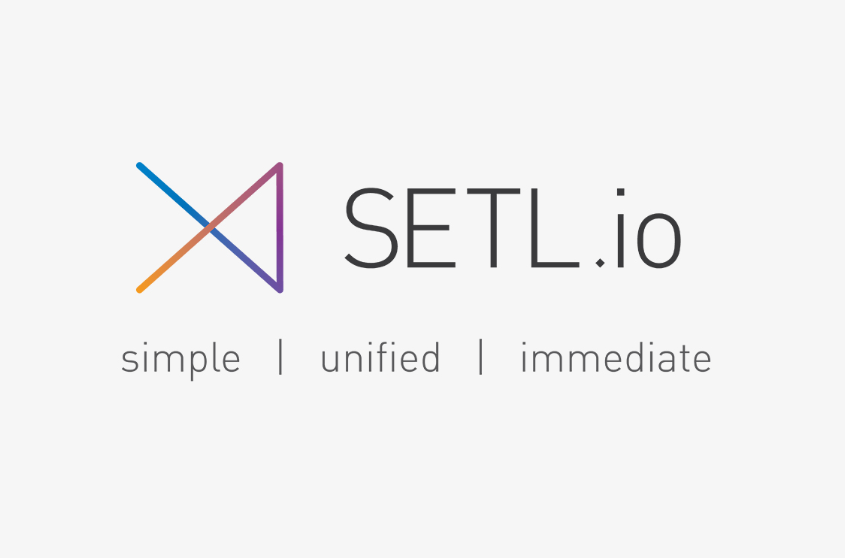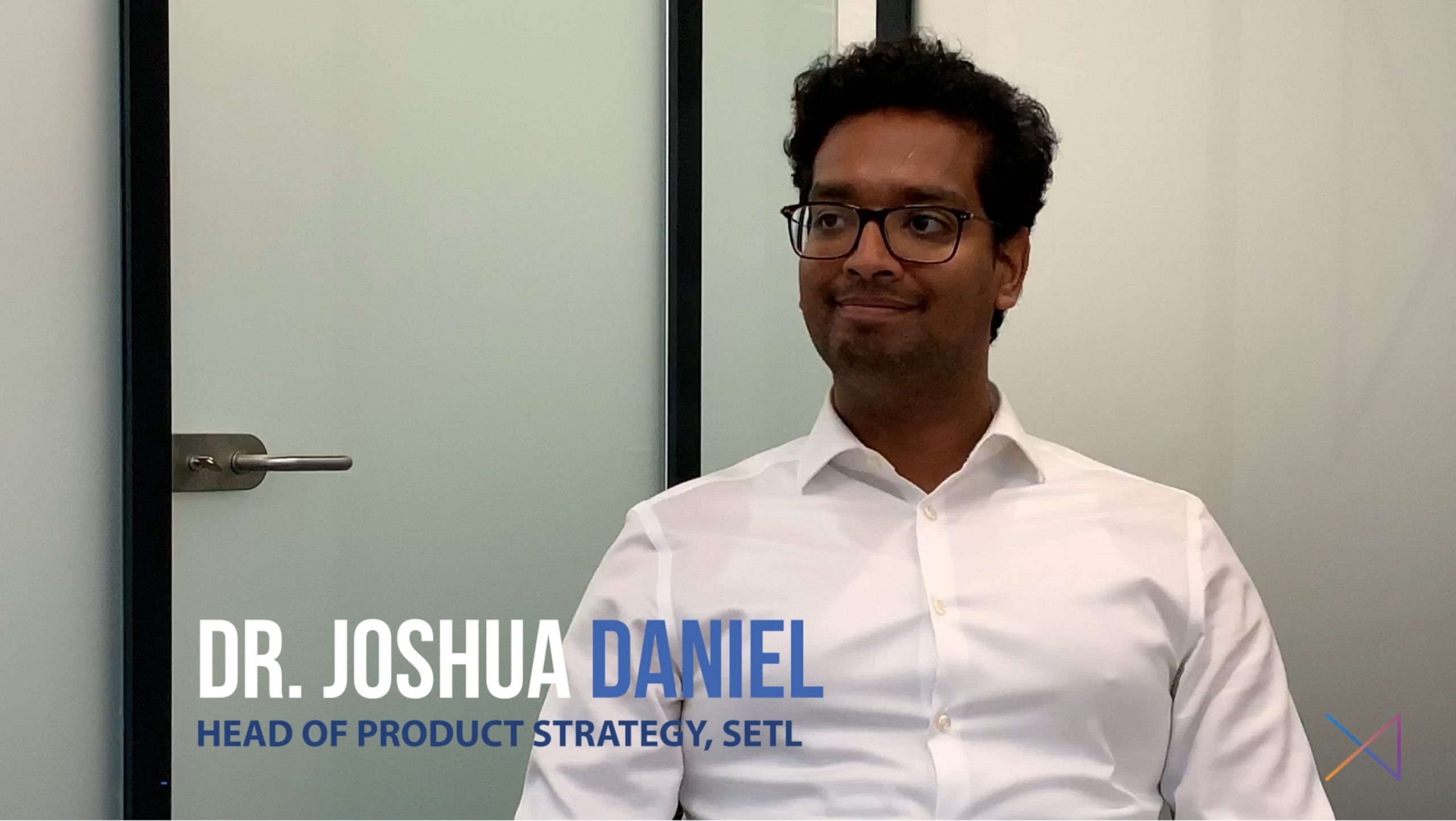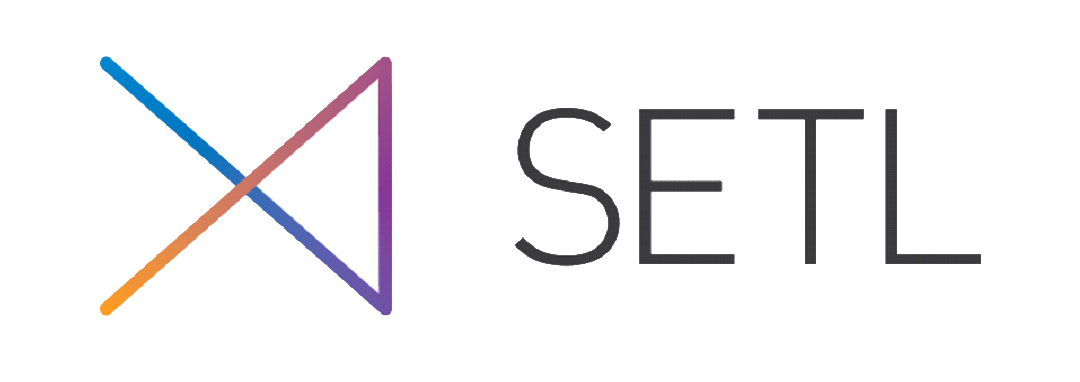Introducing ‘permissioned’ blockchain technology to the post-trade environment
PRESS RELEASE, London, 27 July 2015: Introducing ‘permissioned’ blockchain technology to the post-trade environment, designed with financial market operators in mind.
SETL today announced its plans to deploy a multi-asset, multi-currency institutional payment and settlements infrastructure based on blockchain technology. The SETL system will enable market participants to move cash and assets directly between each other, facilitating the immediate and final settlement of market transactions. The SETL system maintains a permissioned distributed ledger of ownership and transaction records, simplifying the process of matching, settlement, custody, registration and transaction reporting.
The initiative is led by Peter Randall, the former CEO and founder of Chi-X, the pan-European equities trading venue, and Anthony Culligan, an experienced hedge fund investor and CEO and founder of Roolo, a peer-to-peer bitcoin trading site committed to bringing bitcoin and blockchain technology into mainstream use in the City. The SETL management team comprises Anthony Culligan, CEO; Peter Randall, COO; Nicholas Pennington, CTO; and Francois Barthelemy, Head of Corporate Strategy.
Today’s post-trade environment is plagued by the existence of a large number of disparate systems, each of which requires market participants to maintain a plethora of interfaces and reconciliation procedures. The total cost to the finance industry of clearing, settling and managing the post-trade environment is estimated at between $65bn and $80bn per year . The hierarchical nature of the current environment requires investors to employ specialist agents at every step of the clearing and settlement process, increasing cost and complexity. By removing the need for multiple ledgers, multiple single points of failure and multiple processing bottlenecks SETL will result in very significant processing speed improvements and at the same time remove multiple cost layers for the benefit of all participants.
Alongside this, regulators are demanding greater transparency of ownership and immediate transaction reporting to allow them to detect market abuses and to monitor, in real time, systemic market risks. The SETL blockchain solution is completely compatible with existing regulatory initiatives and in particular has been designed to accommodate new requirements such as LEI (Legal Entity Identifier) fields.
The SETL system has been designed from the ground up to meet the needs of the finance industry and eliminate some of the concerns raised about the use of blockchain technology for financial markets. These include anonymity, typical for ‘permissionless’ blockchains such as the bitcoin blockchain, which would present challenges to AML / KYC obligations of financial institutions, and the limited capacity and speed of current blockchains, not designed to handle the required volume of financial transactions. SETL is a real-time, real-world system and as such will offer connectivity and compatibility with existing work flows, systems, standards and regulations.
With SETL, users will deploy public/private key technology to assert transactions. However, where the bitcoin blockchain is limited to only 7 transactions per second globally, the SETL infrastructure has demonstrated speeds of up to 5,000 transactions per second in tests and is expected to reach speeds of 100,000 transactions per second in an enterprise environment. Such speeds are achievable because SETL will operate on a ‘permissioned’ basis rather than the ‘permissionless’ environment bitcoin operates in. The SETL system will require that each public key used is certified by one of a number of entities that will undertake due diligence and will tie each key back to an LEI. This will ensure that regulators and other parties that have a legitimate interest will be able to identify the underlying users. In addition, external parties such as regulators, auditors, issuers and other interested parties will have full real-time transparency of relevant transactions.
The SETL business case shows solid revenue flows and is intended to act as a ‘beacon’ for UK and European institutions to coalesce around. Most financial institutions will be able to operate both as providers and consumers.
Peter Randall, COO, who is credited with revolutionising the equity trading markets in Europe through the establishment of Chi-X Europe, said: ‘With SETL, we aim to do to the post-trade environment, what we did to exchange trading with Chi-X. Clearing and settlement processes are fragmented, cumbersome, costly and in need of technological innovation and simplification. We are currently in discussion with a number of first tier institutions who are looking to commercialise blockchain technology. Our aim is to be platform, exchange, currency and asset agnostic. When you have agreed a transaction, SETL will be the way to simultaneously move the consideration and the asset as well as provide a ‘golden record’ of the transaction.
Anthony Culligan, CEO, added: ‘Our industry needs a blockchain technology designed specifically with the requirements of financial markets in mind. Retro-fitting to the bitcoin blockchain using add-ons such as the Open Asset Protocol is a technical non-starter as it does not have the capacity or functionality to properly service financial markets. Understanding how financial markets work has been key to the design process so far. Solutions in the world of finance need to address practical issues such as capital usage, bank liquidity and regulatory permissions. SETL is the product of the decades of financial markets expertise of its founders as well as genuine technical innovation’.



